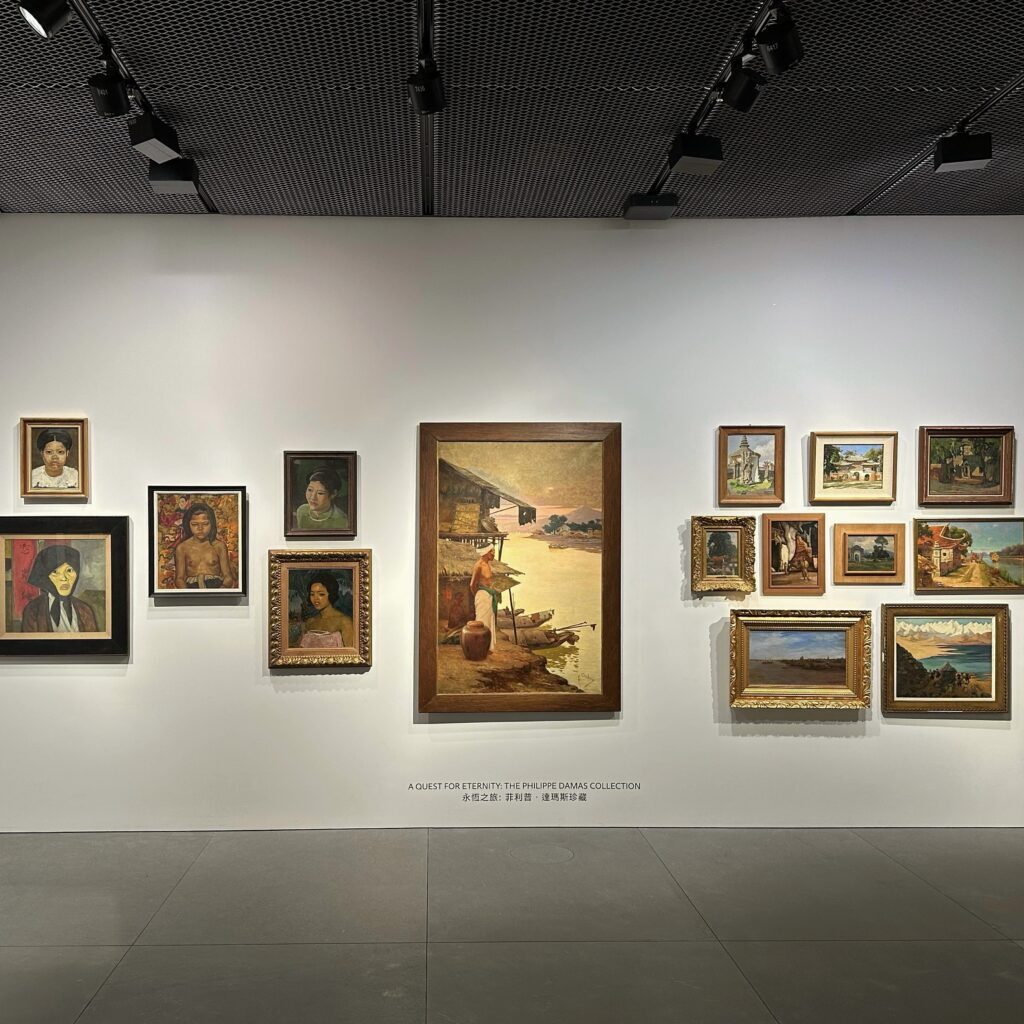
In the China Sea, the Matsu archipelago uses art to ward off Beijing's threat
The former military power plant in Matsu, Taiwan, has been transformed into an art installation designed to recall the Chinese bombardments once suffered by this tiny archipelago which, like the rest of the territory, remains threatened by Chinese invasion. The exhibition Your Country Needs You: Glory to Jun Hun (meaning "military spirit") is part of the Matsu Biennale, which runs until mid-November.
The works exhibited as part of this event organized throughout Matsu highlight the natural beauty of this string of small rocky islands located 20 minutes by boat from China's eastern coast. But some artists, such as lighting designer Liu Ping-yi and his partner Annie Chu, have chosen to evoke the history of the armed conflict between China and Matsu and other small archipelagos dependent on Taiwan.

'The Sea is My Land', a whale-shaped wire structure is erected on a beach made from old ships by Iyo Kacaw displayed at the Matsu Biennial art exhibition on Nangan Island of Taiwan's Matsu Islands.
From 1954 onwards, China sporadically bombarded the islands, a situation that lasted until 1979, when diplomatic relations were established between Washington and Beijing. "We wanted to use light to allow visitors to plunge into the past, so that they could better understand what soldiers and civilians were going through on the island at that time," explains Liu Ping-yi, who collaborated with a sound designer to create this exhibition within the power plant. "I hope they can imagine what Matsu was like during the war."
This archipelago was one of the strategic military strongholds of the Nationalist Kuomintang (KMT) forces after they fled China in 1949 following their defeat in the Chinese Civil War. As a result of the bombardments, the Nationalists reinforced Matsu's fortifications, building underground tunnels and air-raid shelters, while the coastal outposts were equipped with narrow openings, allowing soldiers to fire towards the mainland.
Most of these military installations are now abandoned, although some tunnels have been restored and are now open to the public. As part of the biennial, an air-raid shelter broadcasts old soundtracks, while a former military auditorium displays cut-out and assembled Chinese characters, taken from letters sent to the military and islanders. A whale-shaped wire structure is erected on a beach from old ships.

In a former military power station, a light installation by Liu Ping-yi evokes the bombings that shook the archipelago from 1954 to 1979.
Today, "Matsu is turned towards tourism", says Wang Chung-ming, a senior official of the archipelago, who objects to Matsu being described as a "front line". The islands lie just north-west of the Taiwan Strait, a 180-kilometre zone separating the autonomous territory from mainland China.
Beijing, which claims Taiwan as part of its territory, organized major military maneuvers around the island last year, including one in April in which aircraft and warships simulated an encirclement of Taiwan. For the inhabitants of Matsu, Taiwan's closest territory to China, life often goes on uninterrupted in the face of these military manoeuvres.
Local artist Chao Kai-chih says he's "not afraid of China's verbal threats". "Come if you have the courage," he joked, before quickly changing his tune by saying that if China were to invade, "you can attack a little further: attack Taiwan, don't attack Matsu.
Growing up on Matsu under the military administration entailed a number of restrictions, recalls 66-year-old Chao Kai-chih, referring to a 9 p.m. curfew and a ban on visiting the island's beaches. "We want peace, not war, and what we can do is turn Matsu into an artistic island," says Chao Kai-chih , who hopes that many tourists will attend the biennial event, after three years of border closures due to coronavirus. We must now slowly relaunch negotiations on tourism and trade," says Wang Chung-ming. Politically, we must follow Taiwan, but economically, Matsu must integrate with the mainland."










